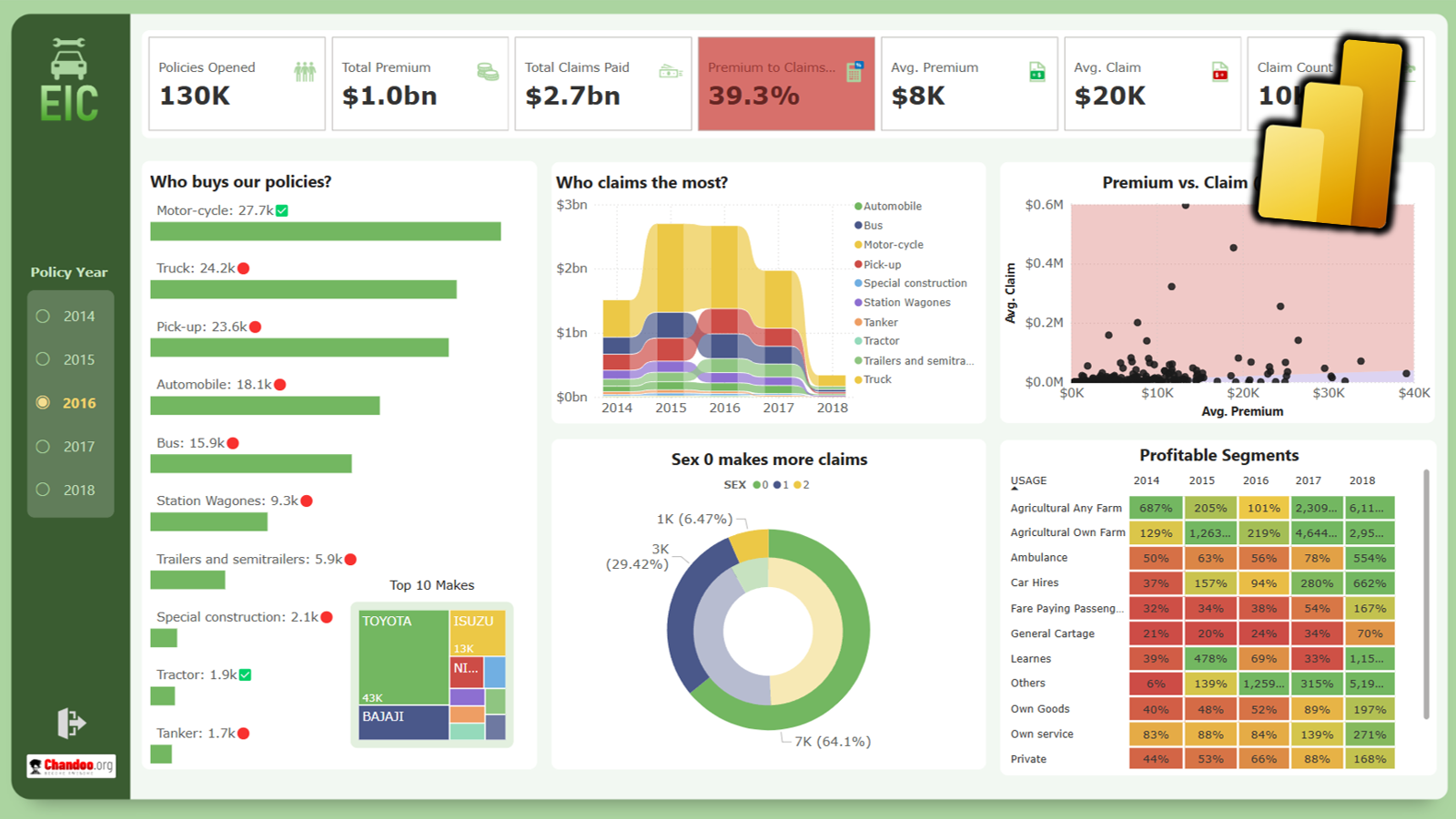Instead of searching for the NAVs of all my funds at MyIRIS or MutualFundsIndia, I have developed a small excel sheet which will fetch the values for me and displays the current portfolio value at the click of a button. Here I am trying to share the “HOWTO” of the same.
- Create an excel workbook with 2 sheets. Call one as “NAVs” and the other as “Portfolio”.
- In the NAVs sheet, click at one of the top-left cells (I did on A2), and go to Data -> Import External Data -> New Web Query. [For more information on using Web Queries, visit Using Web Queries to Import Data to Excel @ R1C1.
- Now paste the url http://finance.indiamart.com/markets/mutual_funds/latest_mf_navs.html in Address box and press go. You would see something like this.
Say “Import”. Essentially what you have done is, creating an automatically updatable NAV list in the NAVs sheet. - Now select all Schemes in the imported table and define a named range as “fund_names” for it. [Creating Named Ranges in Excel]
- Now, go to “Portfolio” sheet and create a table like this.
[Click on it to Zoom] - Next select the Fundname column (I have 32 rows, you can have as many as you wish) and go to Data->Validation. Enter the settings like this.
- Formulas:
>>> For Purchase Value[f3]: “=e3*d3”
>>> For Current Value[h3]: “=g3*d3”
>>> For Current NAV[g3]: “=IF(C3=””,0,VLOOKUP(C3,NAVs!$A$6:$D$1634,3,FALSE))”
essentially, looking up for the selected fund name in the NAVs sheet and returning the exact NAV to this cell only if a fund name is selected.
>>> Gain / Loss[i3]: “=IF(ISERROR((H3-F3)/F3),””,(H3-F3)/F3)”
to avoid DIV 0 messages. - At the end of the table you can add a TOTAL row and repeat the necessary formulas to get the total portfolio performance.
- Now the portfolio tracker is done. Enter the fund data by selecting the fund name from drop down and number of units purchased, purchase NAV. Rest will be shown by the tracker.
- Remember: everytime you open the workbook, go to “NAVs” sheet and refresh the data. [Select anywhere in the table, right click and say Refresh Data]
Now this is a very basic portfolio tracker. I am thinking of adding some VBA / Macro so that everytime the table is refreshed, the new values are written in a separate sheet called “Historical NAV” so that we can track the fund performance over a period of time by selecting a date (instead of current date). Also, if we can import benchmark indices on runtime, you can get relative performance metrics. Plus, some more analysis of fund performances (instead of mere total return) would reveal the risk-returns of the portfolio. Lets see if I can build such a thing in my spare time.
[Just in case you do not have time for all this, then you can access the workbook that I have created here: Portfolio Manager MFs India ]




















6 Responses to “Nest Egg Calculator using Power BI”
Wow! What a Powerful article!
Hello Chandoo Sir
your file does not work with Excel 2016.
how can I try my hands on this powerful nest egg file ?
thanks
Ravi Santwani
@Ravi... this is a Power BI workbook. You need Power BI Desktop to view it. See the below tutorial to understand what Power BI is:
https://chandoo.org/wp/introduction-to-power-bi/
As always, superb article Chandoo... 🙂
Just one minor issue:
While following your steps and replicating this calculator in PowerBI, I found that the Growth Pct Parameters should be set as "Decimal number" not "Whole Number"
OR
we have to make corresponding adjustments in the Forecast formulas (i.e. divide by 100) to get accurate results.
You are right. I used whole number but modified the auto created harvester measure with /100 at end. Sorry I did not mention it in the tutorial.
Instead of
[Growth Pct 1 Value]/12
the monthly rate has to be
(1+[Growth Pct 1 Value])^(1/12)-1
It's a slight difference but in 30 years the future value will be $100k less.